05:17
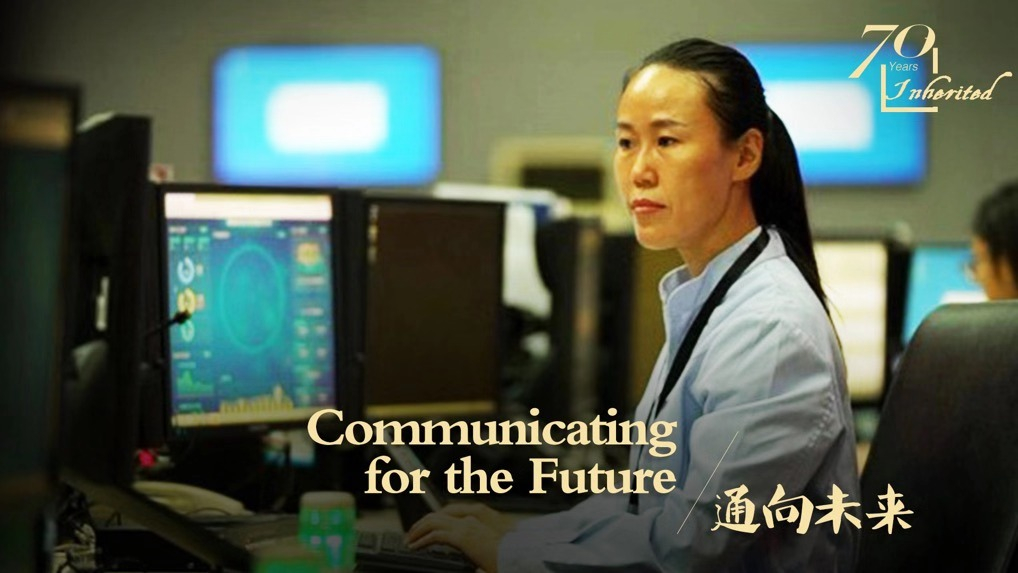
Wang Hongwei was born in 1947. Since 1967, she started to work as a telephone operator – a position that is quickly fading away. At that time, the communications industry was barely starting from scratch, when there was only one public telephone for all residents to share in a community.
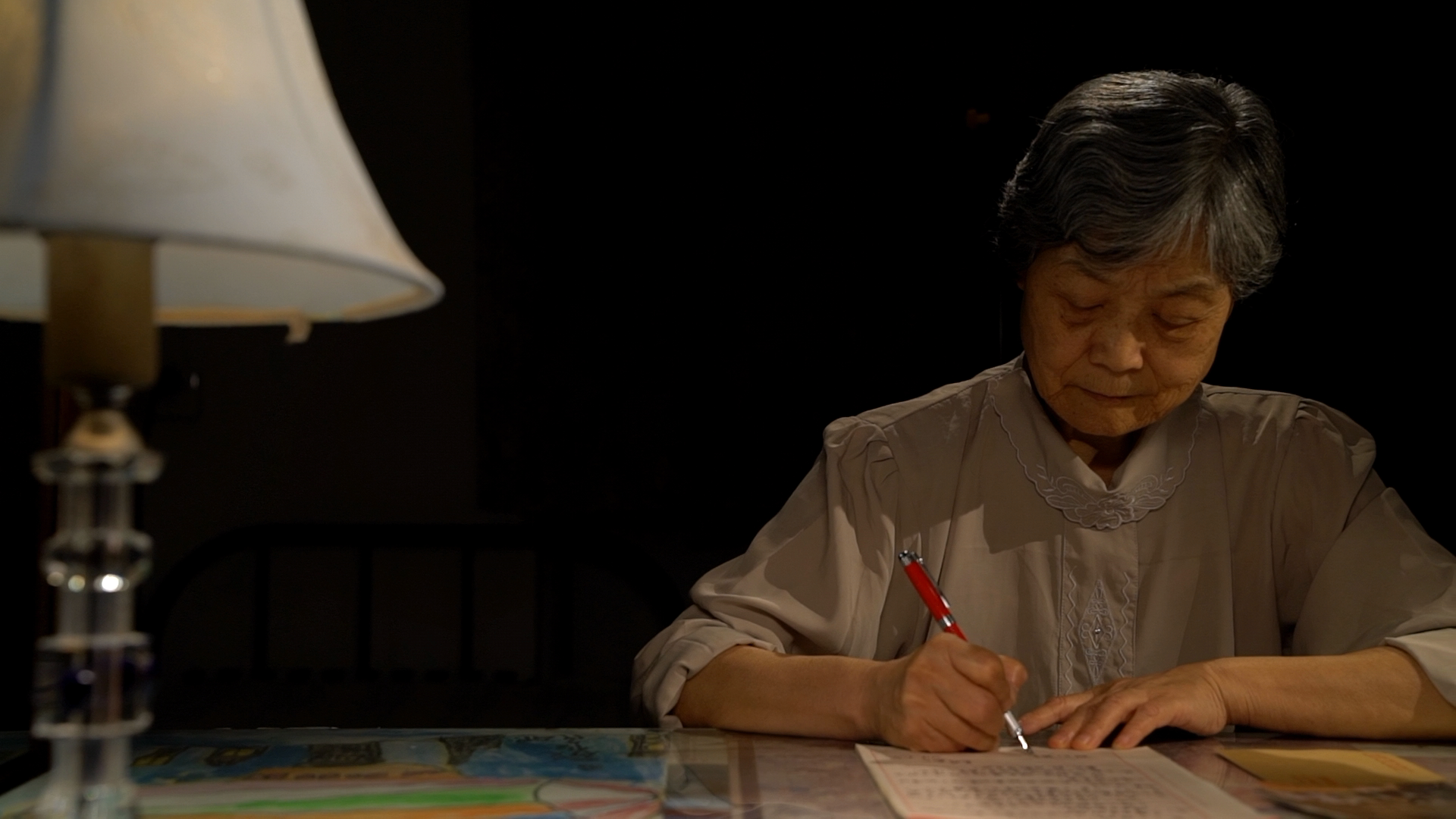
Wang Hongwei writing letters. /CGTN Photo
Wang Hongwei writing letters. /CGTN Photo
It was inconvenient to make a long-distance call. The caller had to dial 113 first, tell a notetaker of the call receiver's city, work place and phone numbers. Then the sorter passes the information on to the switchboard operator, who transfers it to the specific address for the receiver. When there was no amplifier for the caller's voice, staff at the transit office had to pass on the message.
"It took dozens of people to make a long-distance call," said Wang. "We were required to give the caller feedback within an hour, whether or not there was a receiver."
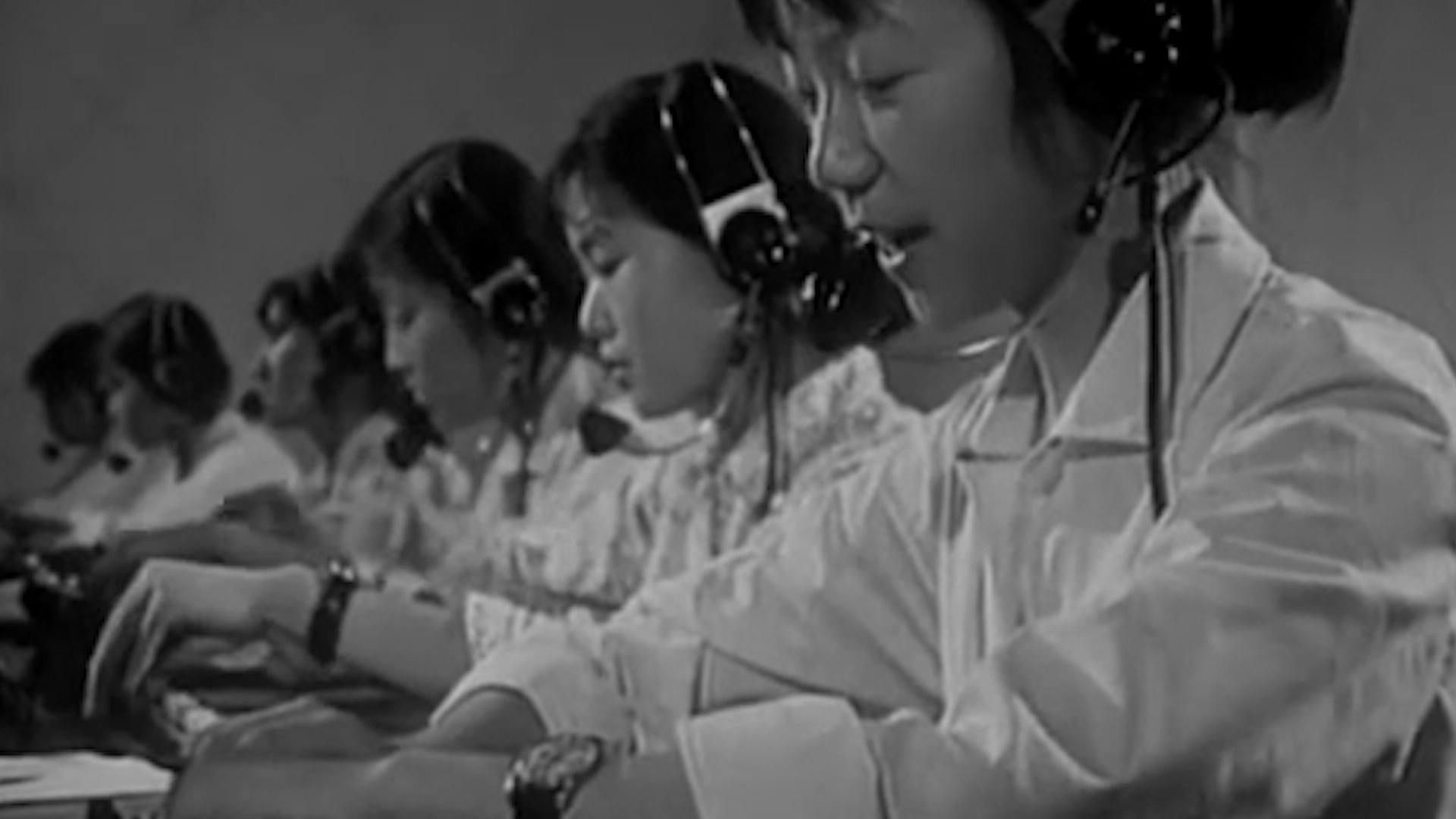
Telephone operators in the 1960s. /File Photo
Telephone operators in the 1960s. /File Photo
Wired telephones required cables in order to work. With no other telecommunication methods, it could easily go dark during disasters.
"The Tangshan earthquake destroyed the whole city in 1976. Not a single phone call could be made for people elsewhere to have any idea what happened," said Wang. She felt the quake in Tianjin municipality, where many buildings were damaged. Instead of taking refuge, her colleagues set off immediately to help repair the cables in Tangshan City.
By her retirement in 2002, Wang had witnessed the popularization of landline telephones and cellular phones across the country.
"For nearly 3,000 years, Chinese people have communicated by writing letters. The history of the telephone was less than 150 years. Wireless communication is even newer. In less than three decades, we've developed from 1G to 4G. The technology rocketed," she said.
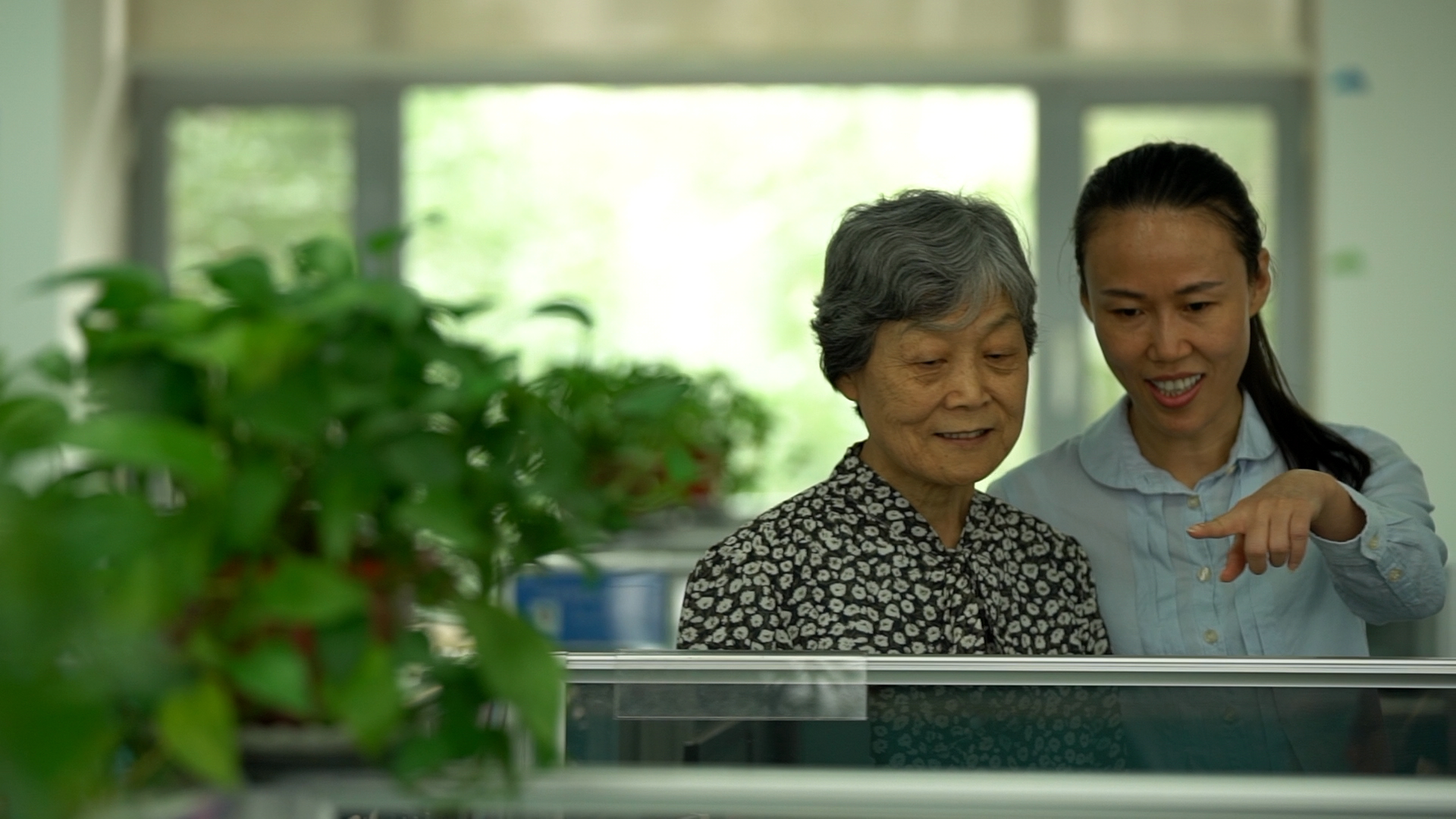
Wang Hongwei (L) and her daughter Ye Yuan (R). /CGTN Photo
Wang Hongwei (L) and her daughter Ye Yuan (R). /CGTN Photo
Wang's daughter, Ye Yuan entered the China Mobile Communications Corporation in 1998 and devoted herself in the industry. Along with the reform of state-owned enterprises, the economy took off. Cell phones and other mobile devices met people's needs of instant communication. China began to develop its own communication technologies.
"My mother used to work on equipment that was all imported. It was not until about 10 years into my career, and around the year when the Beijing Olympic Games took place, that we basically managed to produce them domestically," said Ye.

Most of the communicative devices in China nowadays are made domestically. /CGTN Photo
Most of the communicative devices in China nowadays are made domestically. /CGTN Photo
The reliability of the devices also improved. "In 2008, when the Wenchuan Earthquake stroke, we lost contact with the hit area. But the equipment connected to the place still functioned, thus they were able to report the damage conditions for us to take emergency actions," noted Ye.
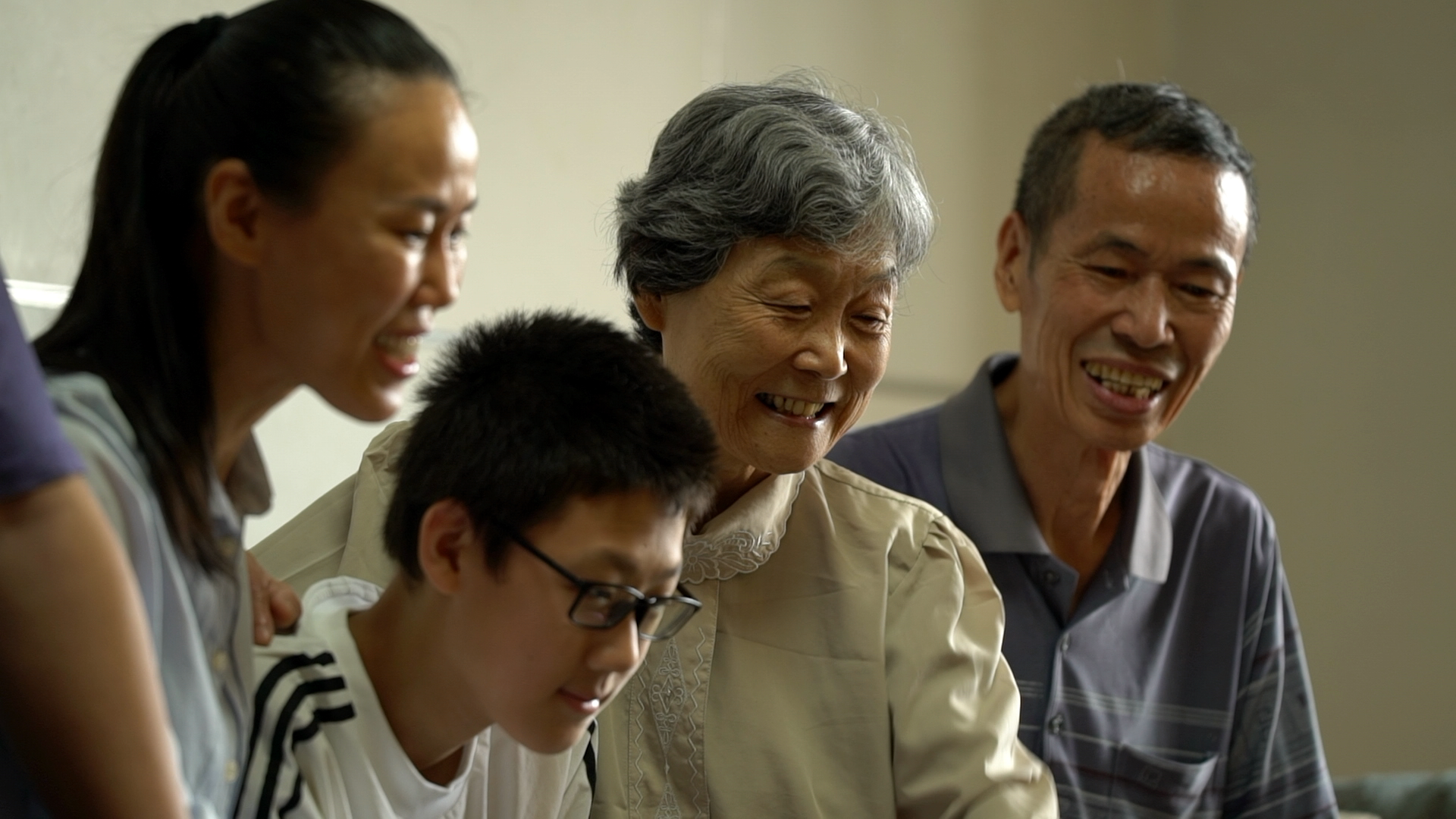
Wang's family making a video call together. /CGTN Photo
Wang's family making a video call together. /CGTN Photo
With the popularity of mobile devices and development of internet technologies, everyone is connected everywhere. Ye believes that in the age of information, communications are like a booster that pushes all sectors forward.
"At least we seem to have changed people's lifestyle and work style," she said. "New industries have emerged and become some sort of mainstream. We improved the society, which makes me feel gratified."